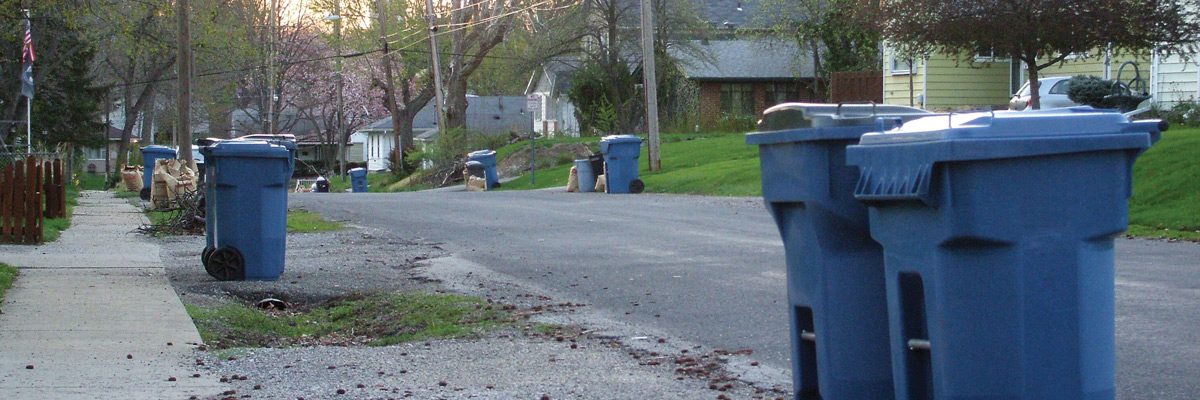Forget the skyscrapers, and forget the suburbs, when you tear down buildings and then replace them you waste tons of energy. Not to mention the crap that they put in landfills. This is especially true when you produce negligible results. If you address the economic issues instead of the housing issues, you solve the problem. Case in point.
http://web.mit.edu/newsoffice/2011/chicago-public-housing-0303.html
Chicago hope
Ambitious attempt to help the city’s poor by moving them out of troubled housing projects is having mixed results, MIT study finds.
Peter Dizikes, MIT News Office
In December 2010, the last remaining resident was removed from the last high-rise building standing in Chicago’s notorious Cabrini-Green housing projects, long a national symbol of urban blight. The relocation was part of Chicago’s ambitious Plan for Transformation, a 15-year enterprise aimed at breaking the poverty cycle in which tens of thousands of the city’s poor have lived, by moving them out of the projects and into better, safer living environments.
So far, according to a study by MIT researchers, the Plan for Transformation is faring only moderately well. Leaving the projects has produced positive psychological effects for some of Chicago’s poor, but has not appreciably improved their economic prospects, while relatively few participants in the program are living in drastically different types of housing.
“The results are mixed and nuanced,” says Lawrence Vale, Ford Professor of Urban Design and Planning at MIT, who produced the report along with Erin Graves, a former postdoctoral research associate in MIT’s Department of Urban Studies and Planning. The report, “The Chicago Housing Authority’s Plan for Transformation: What Does the Research Show So Far?” released in October by the MacArthur Foundation, surveys 83 previous studies of the Chicago plan conducted by social scientists.
On the positive side, the report notes that people leaving Chicago public-housing projects display better mental health; one study showed that the percentage of residents suffering anxiety problems in a given year dropped from 30 percent to 21 percent. Relocated residents also said they felt safer.
However, it is not clear that relocation helps residents increase their employment prospects and incomes. One study shows that among working-age public-housing residents, the proportion employed between 1999, when the plan was founded, and 2010, remained between 50 percent and 55 percent, including part-time workers. “The question of whether they’ve made significant economic gains is unresolved,” notes Vale.
Moreover, as Vale and Graves emphasize, only about 2,100 of the 26,000 households relocated as part of the Plan for Transformation have moved from the projects into mixed-income housing: the smaller, safer developments, where middle-income families are mixed in with low-income households.
“The public perception is that Chicago is replacing all of its infamous public housing with low-rise mixed-income communities,” says Vale. But as the report notes, about 9,000 households have moved to senior-only public housing, and 6,000 households have stayed in renovated public buildings that house only low-income residents. Similarly, Vale says, “The academic literature has focused on the least common experience, not on what the city has done with the majority of the housing.”
:}
Read the rest of the article, but it doesn’t get any better. More tomorrow.
:}







 maintenance than inefficient dwellings.
maintenance than inefficient dwellings.